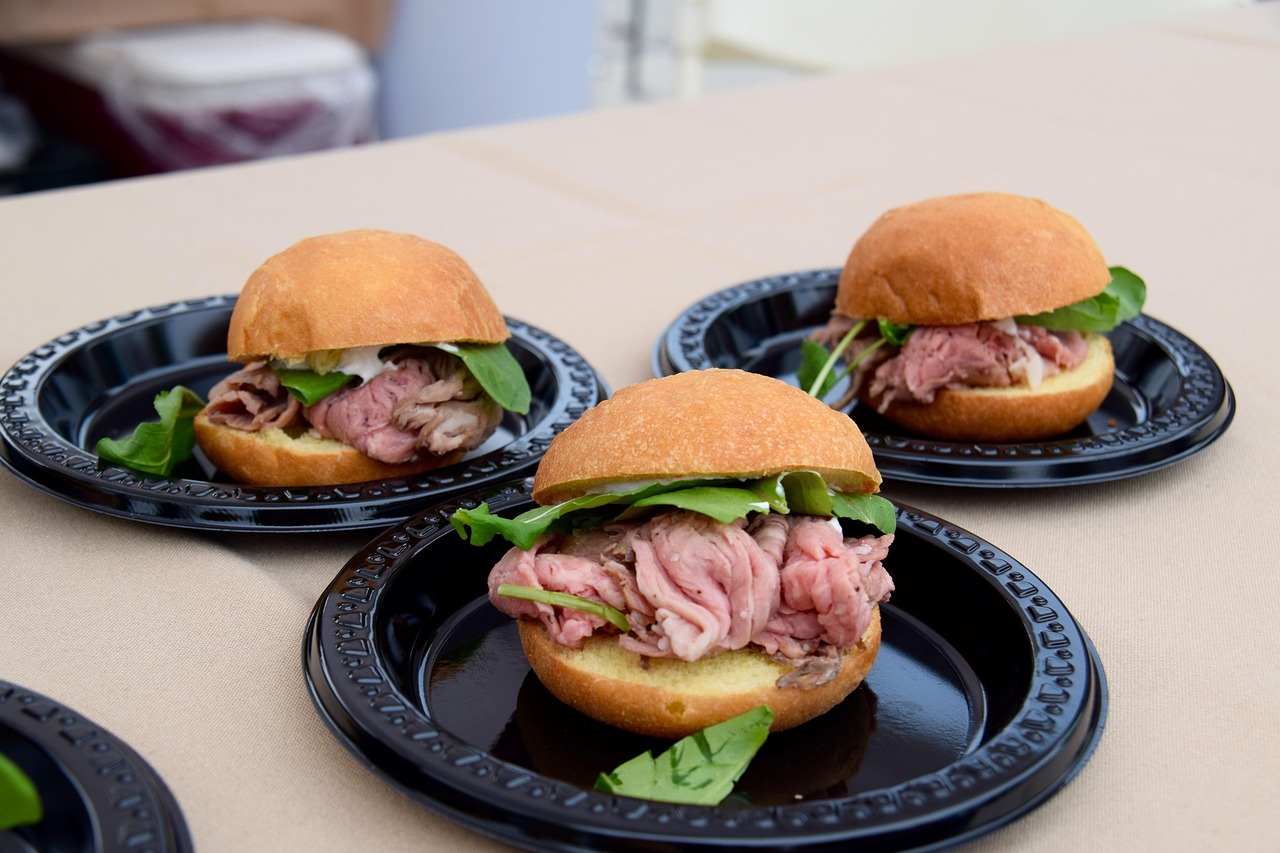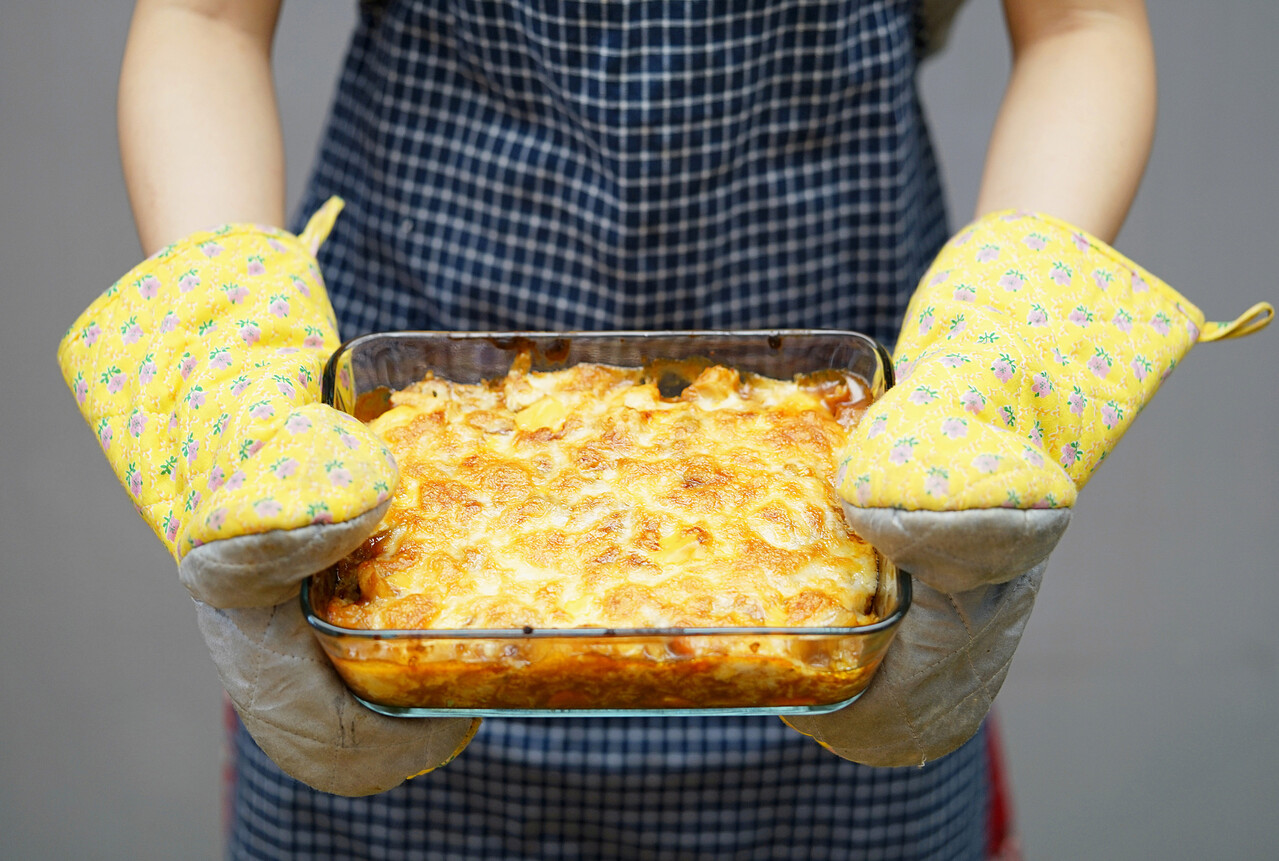7 Easy Fixes for Salty Soups Every Home Cook Should Know
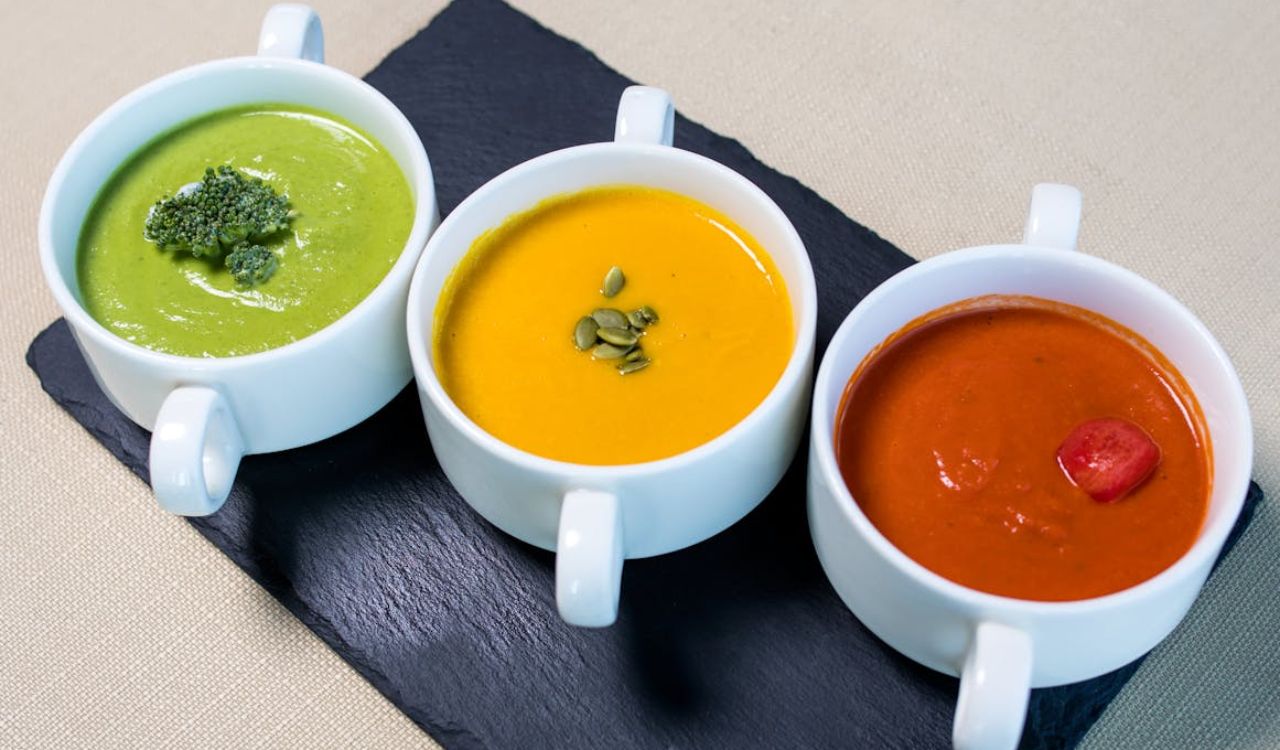
Even experienced home cooks can end up with an overly salty soup. The good news is you don’t need to scrap the whole batch. A few simple adjustments can bring the flavors back into balance and save dinner. From diluting the broth to balancing with acidity or sweetness, these tricks work on everything from a light vegetable broth to a hearty beef stew. The key is to add slowly, taste often, and choose a method that suits your soup’s flavor profile. Here are seven reliable ways to fix a too-salty soup without compromising taste or texture.
Dilute with Unsalted Liquid
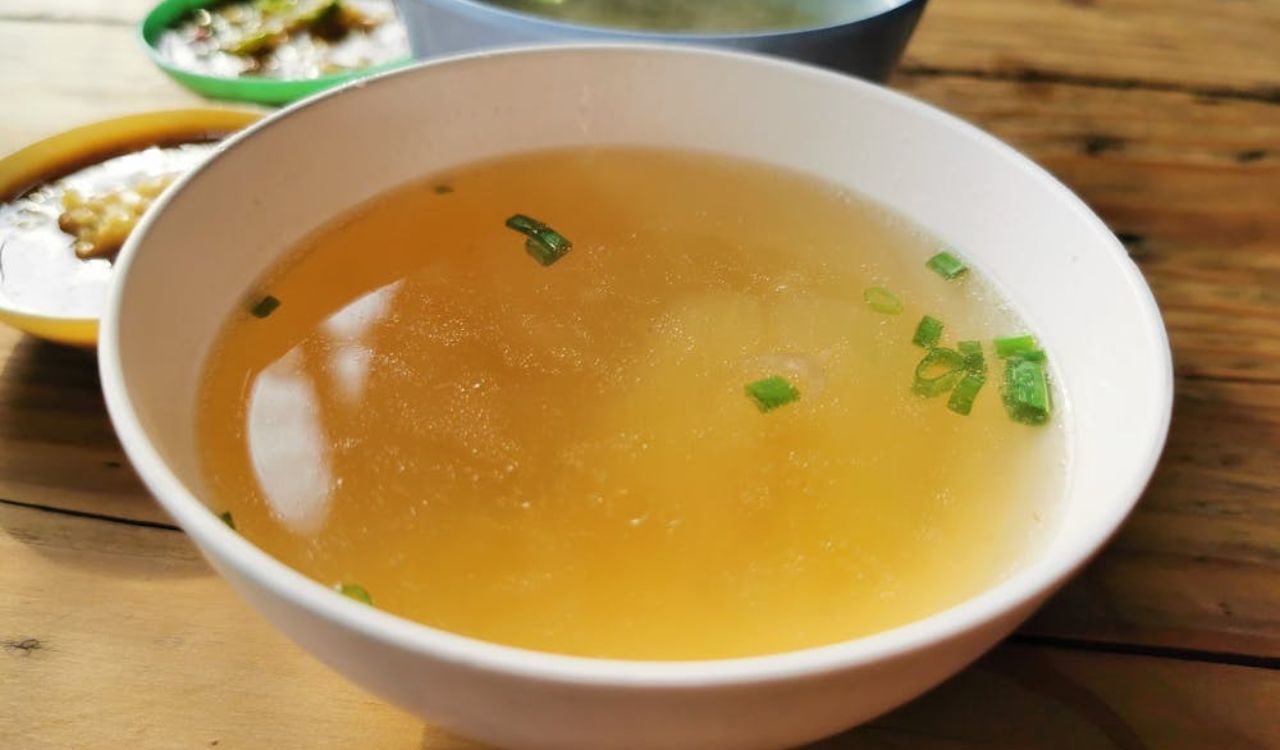
Adding water, unsalted broth, or even milk for creamy soups is the most straightforward fix for excess salt. Add a small amount at a time, stir thoroughly, and taste before adding more. This reduces salt concentration while keeping the dish’s overall flavor intact. Because dilution can also weaken other seasonings, you may need to restore balance with extra herbs, spices, or a splash of acid at the end. This method works for nearly every type of soup and is a go-to solution when you want a quick, gentle way to salvage your meal.
Add Starchy Ingredients to Increase Volume
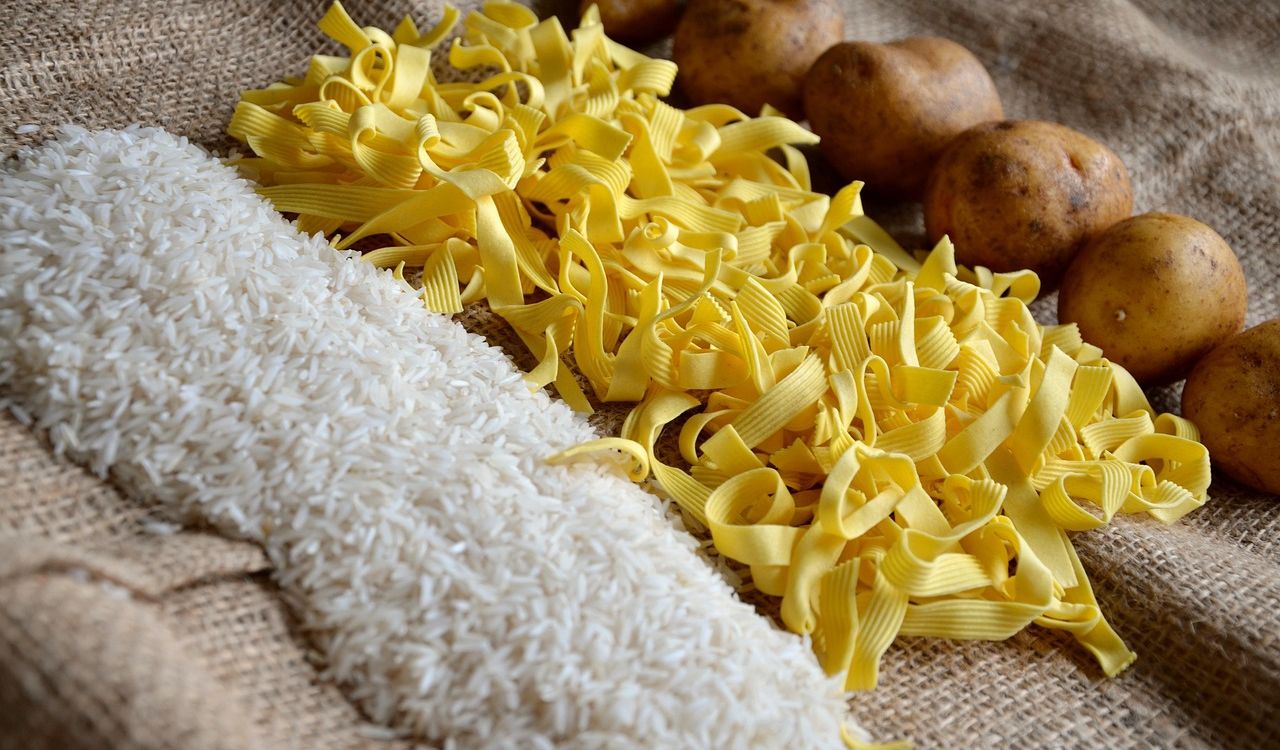
Starchy additions such as potatoes, rice, pasta, or barley won’t literally “absorb” salt, but they do bulk up the soup’s volume, which can lessen the perception of saltiness. As the starch cooks, it soaks up some of the broth, slightly dispersing the salt. Potatoes are a popular choice because they can be left in for texture or removed before serving if you prefer a smoother soup. Keep in mind this method changes texture and heartiness, so choose a starch that fits the dish. For example, barley in beef soup or rice in chicken broth.
Introduce an Acidic Element
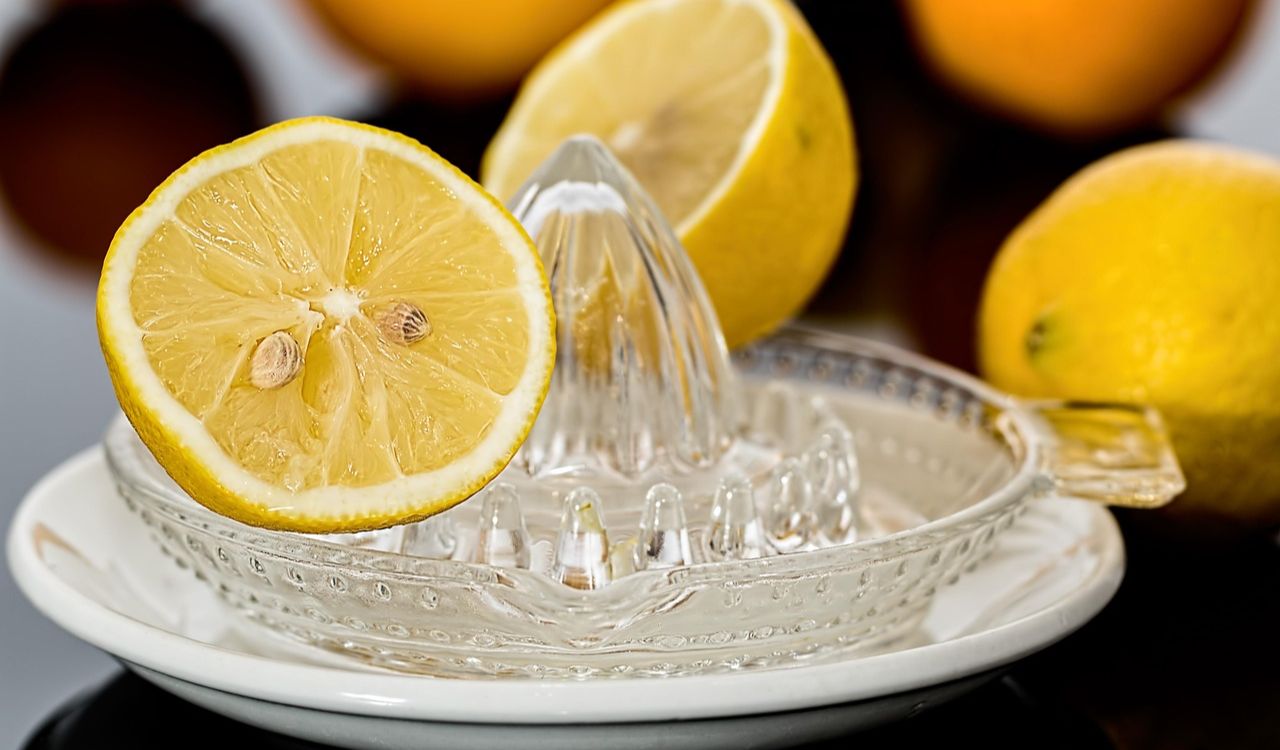
Acid is a flavor-balancing tool that can make salty soups taste more harmonious. Add a small splash of vinegar, lemon juice, or tomato puree to brighten the flavor and draw attention away from excess salt. Start with about half a teaspoon, stir, and taste before adding more. For creamy soups, opt for milder acids like rice vinegar or white wine to avoid curdling or overpowering the base. Acidity works especially well in vegetable, bean, and chicken soups, where a fresh, tangy lift can transform the overall taste profile.
Blend in Unsalted Purees

Pureeing unsalted vegetables, legumes, or even canned pumpkin into your soup adds both volume and depth while softening the saltiness. White bean puree works well in Italian-style soups, while roasted carrot or squash puree can lend a natural sweetness to vegetable-based broths. Add the puree gradually, stirring until fully incorporated, then adjust seasonings as needed. This technique works best when the chosen puree complements the existing flavors. For example, adding sweet potato puree to a coconut curry soup or cauliflower puree to a creamy potato leek blend.
Balance with Sweetness
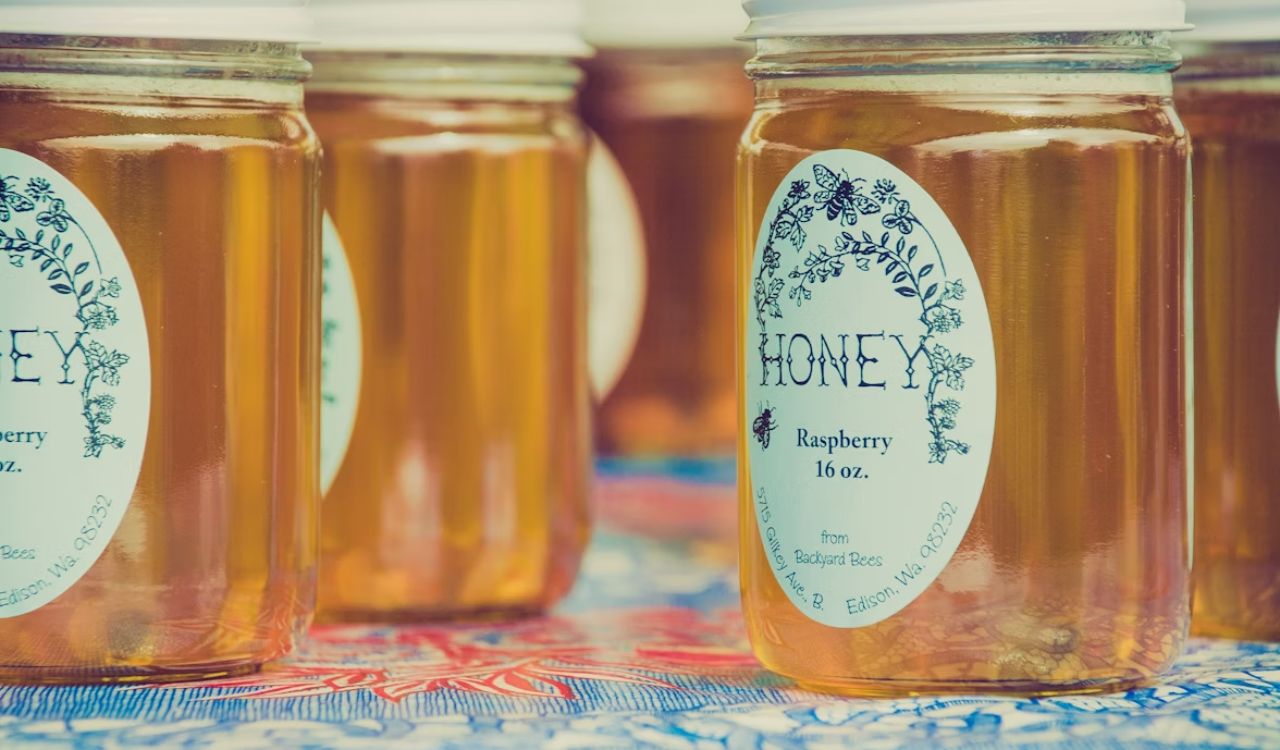
A touch of sweetness can counteract saltiness by shifting how the flavors register on your palate. This doesn’t remove sodium but can make it taste less aggressive. A pinch of sugar, a drizzle of honey, or a few drops of maple syrup can work wonders, especially in tomato-based or spicy soups. Use restraint; too much sweetness can make the dish cloying. Add a small amount at a time, taste, and stop when the flavors feel rounded and pleasant. This is best used as a final tweak rather than a primary fix.
Use Unsalted Garnishes at Serving Time

If your soup is already cooked, you can soften the saltiness with toppings rather than altering the whole pot. Fresh herbs, diced avocado, unsalted croutons, or a dollop of unsalted yogurt add freshness, texture, and a contrasting flavor that can temper salt perception. This is particularly helpful if you’re serving guests with different salt preferences. Since garnishes affect only the portion served, the base soup remains unchanged, giving you more flexibility without risking over-adjustment.
Make a Salt-Free Batch and Combine
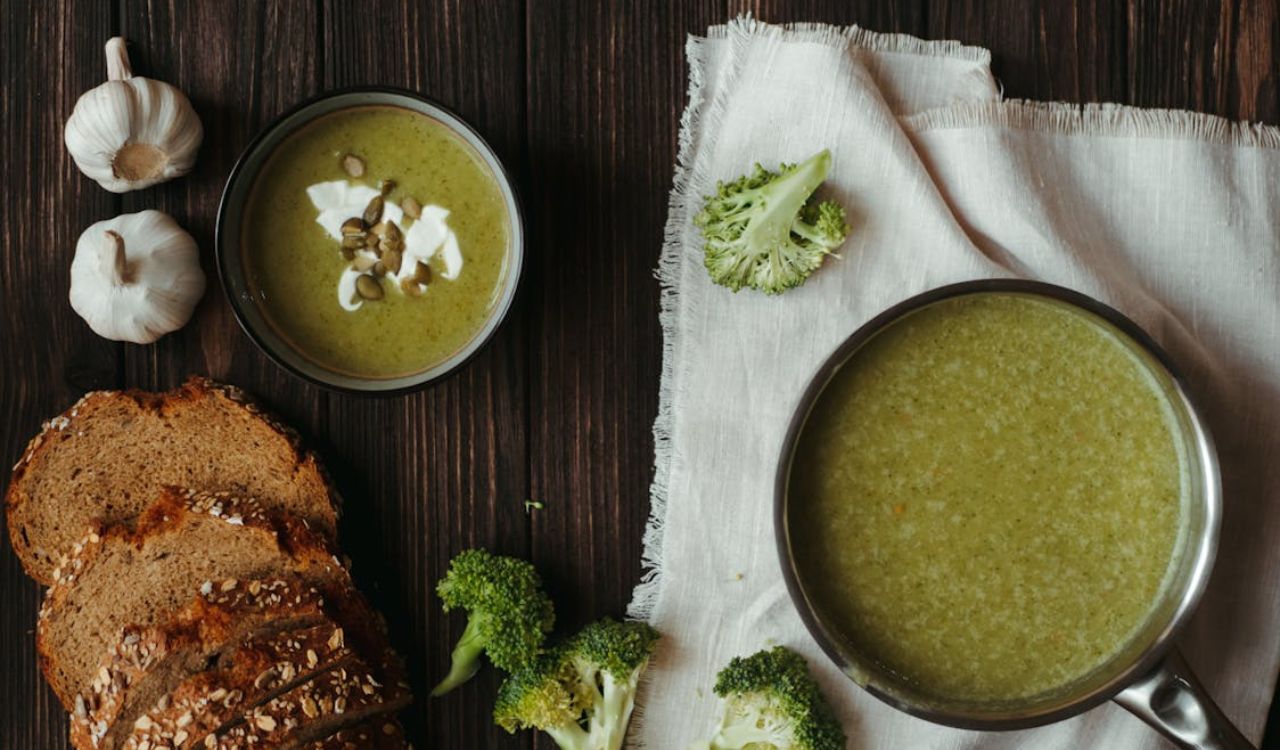
If you have extra time and ingredients, cooking a second batch of the same soup without salt and mixing it with the overly salty one is one of the most reliable fixes. This evenly disperses the salt across a larger volume, restoring balance without masking flavors. The downside is that you’ll end up with more soup than planned, so be ready to freeze leftovers or serve a crowd. This method is ideal for dinner parties or large family meals where getting the flavor just right is worth the extra effort.





